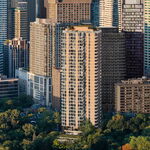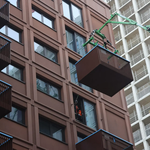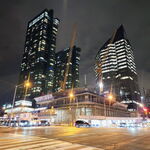wyliepoon
Senior Member
I think that while New Urbanists have good intentions (though not necessarily good designs) at trying to create a (romanticized) community with denser housing, walkability and a sense of community, often the people who buy or invest into these communities do not share this idea. Many probably see Cornell as just a typical Markham subdivision with nicer faux-Victorian homes and a better designed park/playground, but with all the typical suburban amenities that would allow them to continue to live a suburban lifestyle.
I think that what is really needed for any New Urbanist neighbourhood anywhere (including Cornell, Downtown Markham, or even Mississauga City Centre) is for people to buy into ideas of urbanism. These neighbourhoods need people who not only want New Urbanist homes, but also New Urbanist lifestyles. I don't know... perhaps every homebuyer into a New Urbanist neighbourhood should get a brochure recommending how they should live there, or give them free bikes and transit passes, or "force" them to sign some sort of covenant that would make them live like New Urbanists?
Or perhaps New Urbanist neighbourhoods should be marketed towards a demographic group that actually can live with New Urbanist principles. New immigrants might fit in this group... many of them don't have the income that would let them live like full suburbanites, but they can live with things like walking or biking locally, and commuting by transit. They also come from parts of the world that have tighter community bonds, which they can transfer to these neighbourhoods.
*****
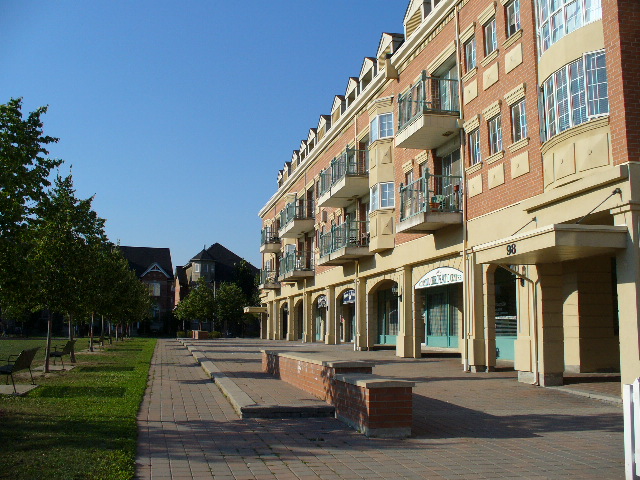

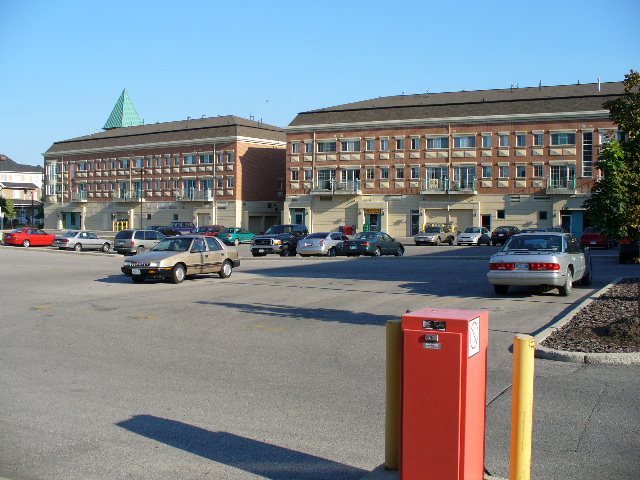

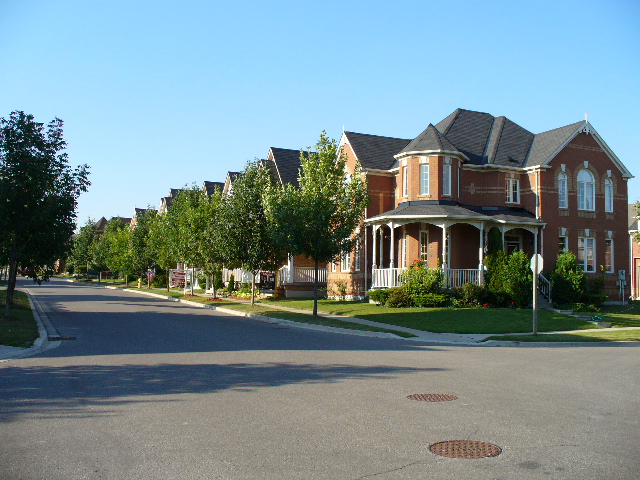

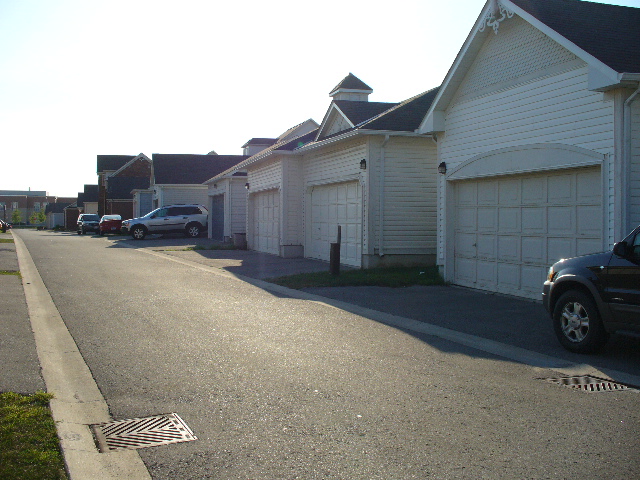


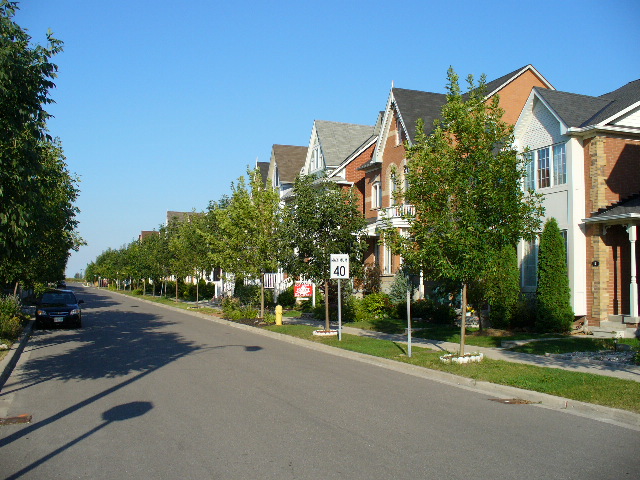
I think that what is really needed for any New Urbanist neighbourhood anywhere (including Cornell, Downtown Markham, or even Mississauga City Centre) is for people to buy into ideas of urbanism. These neighbourhoods need people who not only want New Urbanist homes, but also New Urbanist lifestyles. I don't know... perhaps every homebuyer into a New Urbanist neighbourhood should get a brochure recommending how they should live there, or give them free bikes and transit passes, or "force" them to sign some sort of covenant that would make them live like New Urbanists?
Or perhaps New Urbanist neighbourhoods should be marketed towards a demographic group that actually can live with New Urbanist principles. New immigrants might fit in this group... many of them don't have the income that would let them live like full suburbanites, but they can live with things like walking or biking locally, and commuting by transit. They also come from parts of the world that have tighter community bonds, which they can transfer to these neighbourhoods.
*****










